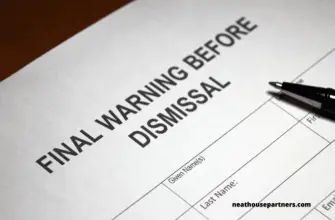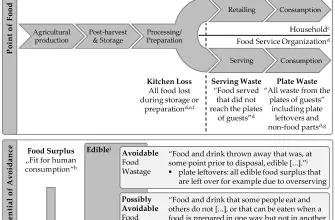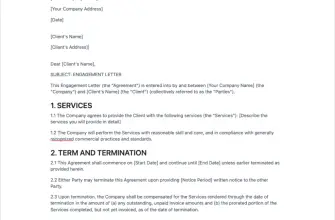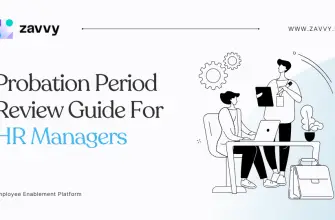Constructive dismissal is a term that many employees may not be familiar with until they find themselves in a situation where it applies. It refers to a situation where an employer makes significant changes to an employee’s work environment or conditions, making it untenable for the employee to continue working. In such cases, the employee may choose to resign and can potentially claim for constructive dismissal. This article will provide a comprehensive guide on how to write a constructive dismissal resignation letter, along with other related topics such as forced resignation, resignation under duress, and how to handle a resignation while on suspension.
Understanding Constructive Dismissal
Before we delve into the specifics of writing a constructive dismissal resignation letter, it’s crucial to understand what constructive dismissal entails. Constructive dismissal, also known as involuntary resignation or forced resignation, occurs when an employer significantly changes an employee’s work conditions without their consent, making the position untenable. This could include changes in pay, hours, location, or job responsibilities. It could also involve harassment, bullying, or discrimination, creating a hostile work environment.
Writing a Constructive Dismissal Resignation Letter
When you find yourself in a situation of constructive dismissal, it’s essential to communicate your decision to resign effectively. A well-written constructive dismissal resignation letter can serve as a formal record of your decision and the reasons behind it. Here are some steps to guide you:
- Start with a formal salutation, addressing your employer or supervisor directly.
- Clearly state your intention to resign and the effective date of your resignation.
- Explain the reasons for your resignation, detailing the changes in your work conditions or environment that have led to your decision.
- Maintain a professional tone throughout the letter, avoiding personal attacks or overly emotional language.
- End with a formal closing and your signature.
Resignation Letter Samples
Whether you’re in Canada, Australia, or the UK, the basic structure of a resignation letter remains the same. However, there may be slight variations in the language or format used. Here are some resignation letter samples for different regions:
Resignation Letter Samples Canada
Canadian employees can refer to a resignation letter template Canada or a resignation letter Ontario for guidance. These templates provide a clear structure and language to use when writing your resignation letter.
Resignation Letter Samples Australia
For Australian employees, an example resignation letter Australia or a teacher resignation letter UK can serve as a useful reference. These samples demonstrate how to clearly and professionally communicate your decision to resign.
Resignation Letter Samples UK
UK employees can refer to a formal resignation letter UK or examples of resignation letters UK for guidance. These samples provide a clear structure and language to use when writing your resignation letter.
Resignation Due to Health or Mental Health Reasons
Health issues, including mental health problems, can sometimes lead to a decision to resign. In such cases, a resignation letter due to health or a resignation letter due to mental health reasons can help communicate your decision effectively. It’s important to maintain a professional tone and provide enough information without going into unnecessary detail about your health condition.
Resignation While on Suspension
If you choose to resign while on suspension, it’s crucial to communicate your decision clearly and professionally. A resignation letter while on suspension can serve as a formal record of your decision and the reasons behind it.
Resignation Under Duress
Resignation under duress refers to situations where an employee feels forced to resign due to unbearable work conditions or treatment. In such cases, a resignation under duress letter can help communicate your decision and the circumstances leading to it.
Resignation Due to Bullying, Harassment, or Discrimination
Workplace bullying, harassment, or discrimination can create a hostile work environment, leading to a decision to resign. A resignation letter due to bullying, a resignation letter due to harassment, or a resignation letter due to discrimination can help communicate your decision and the reasons behind it.
Immediate Resignation Letter
In some cases, an employee may choose to resign with immediate effect. An immediate resignation letter, a resignation letter with immediate effect, or a resignation letter effective immediately can help communicate your decision clearly and professionally.
Conclusion
Resigning from a job, especially under difficult circumstances, can be a challenging process. However, a well-written resignation letter can help communicate your decision effectively and maintain your professional reputation. Whether you’re dealing with constructive dismissal, forced resignation, or resignation under duress, it’s crucial to handle the situation professionally and seek legal advice if necessary.









